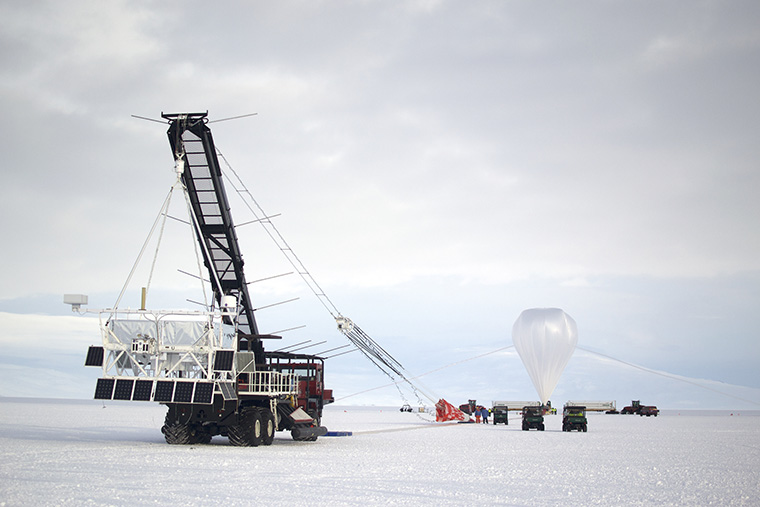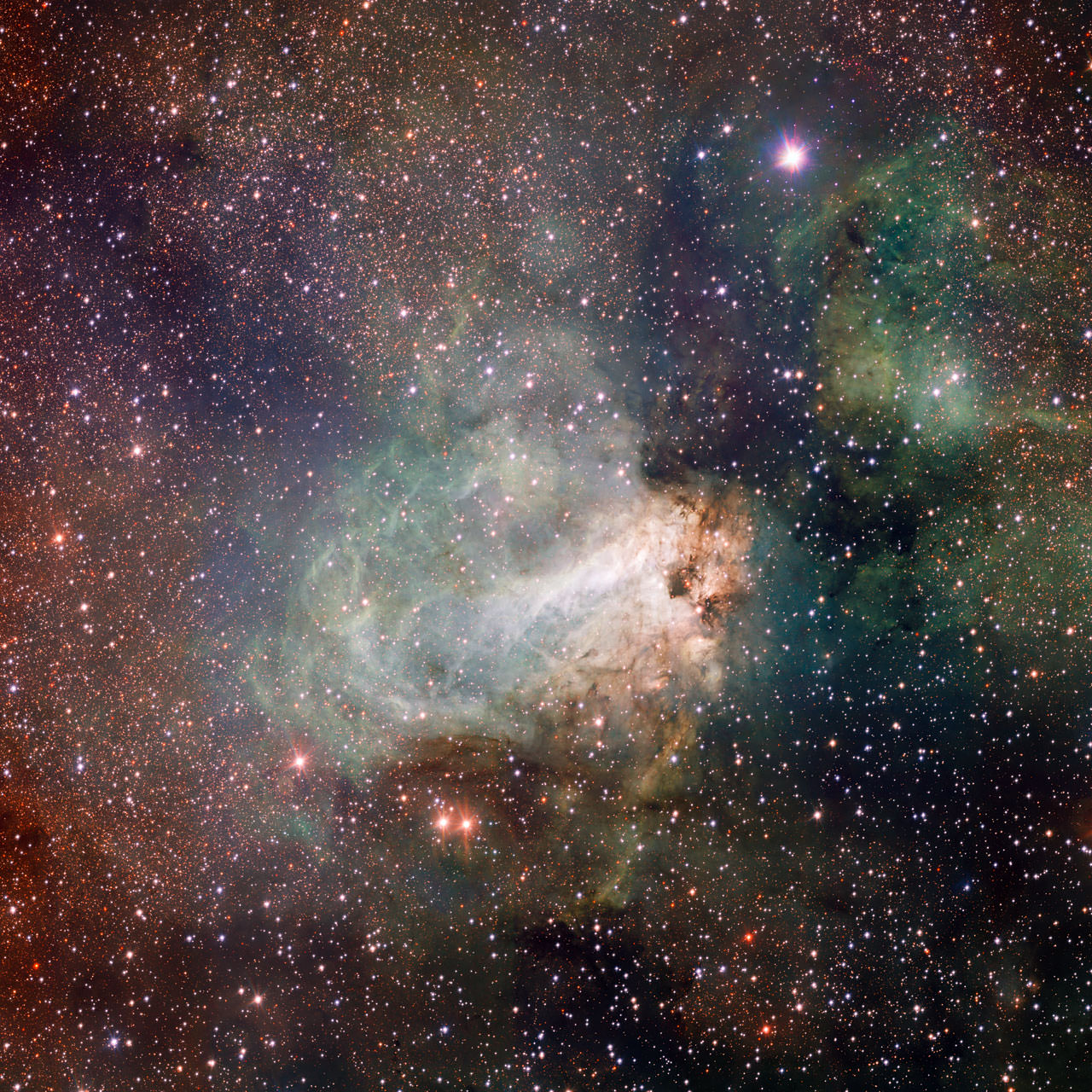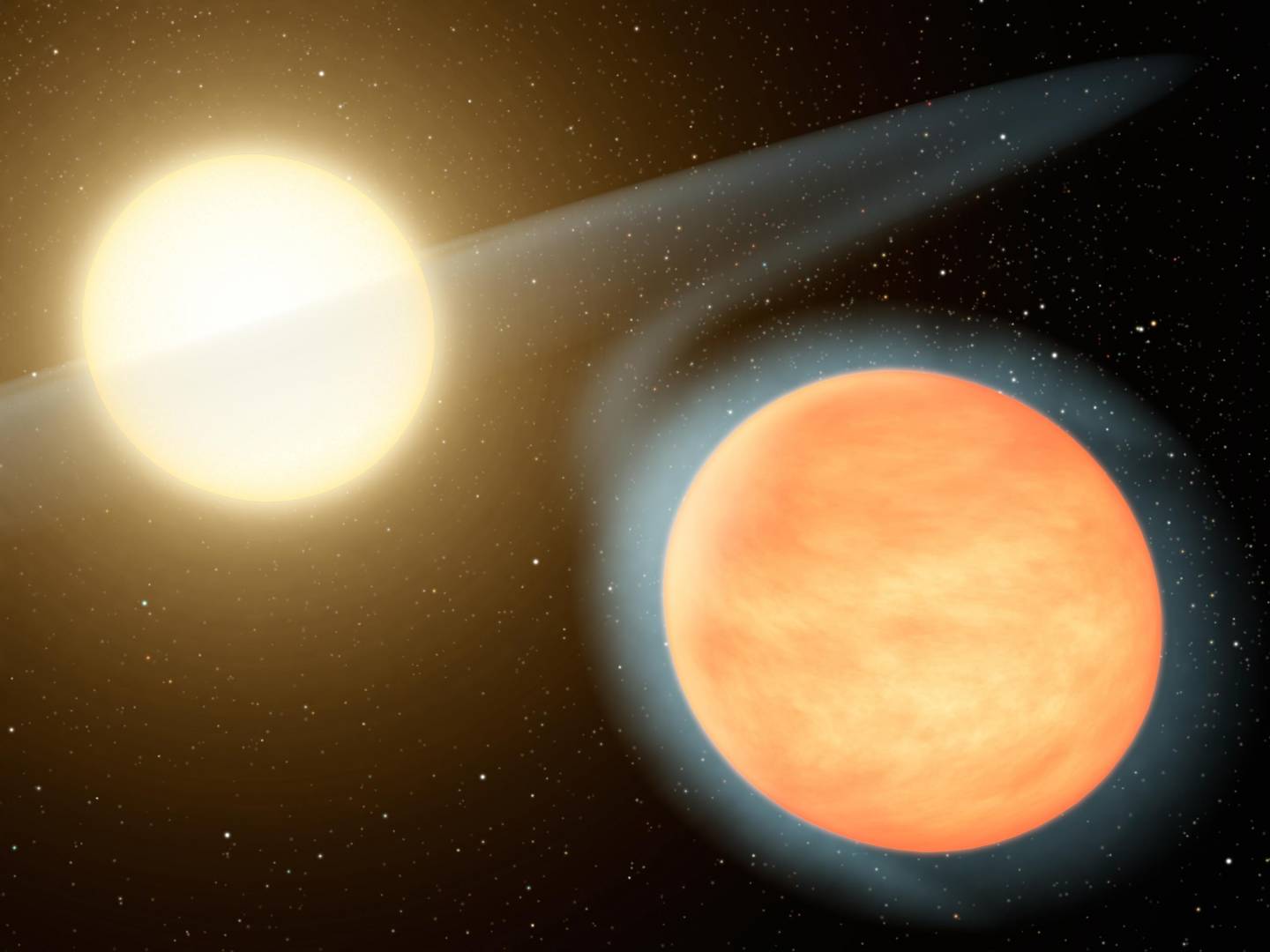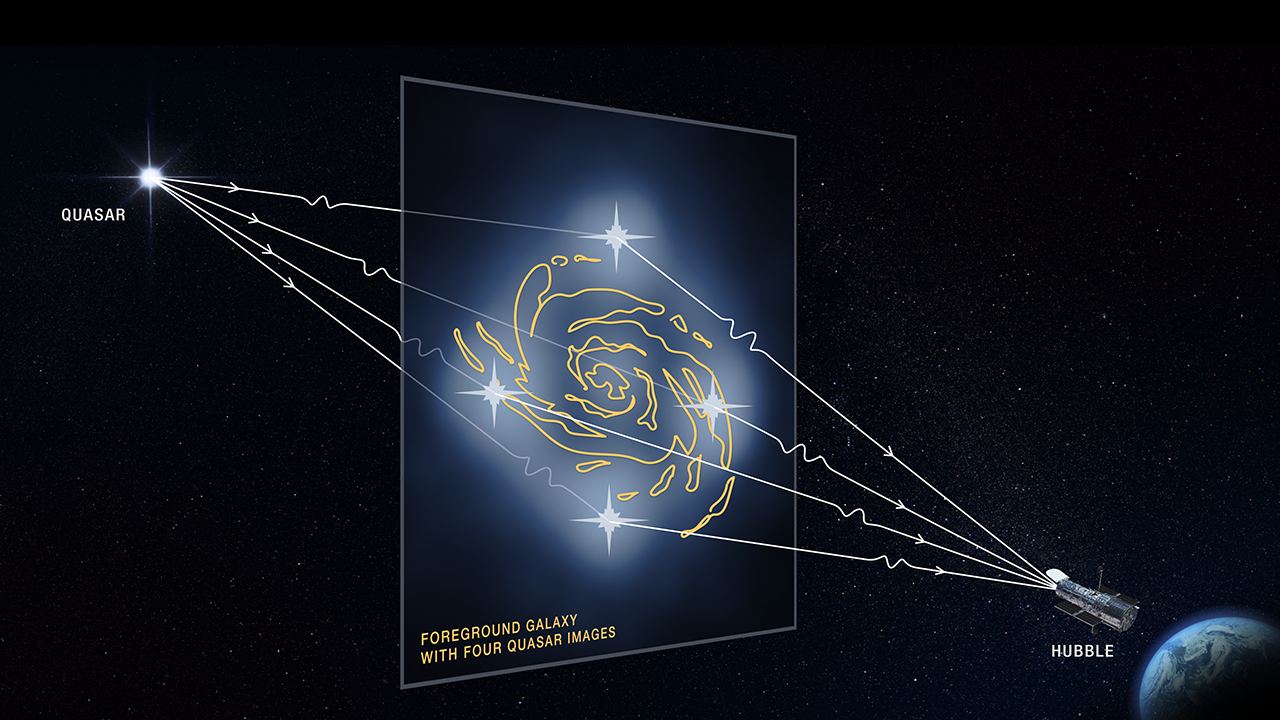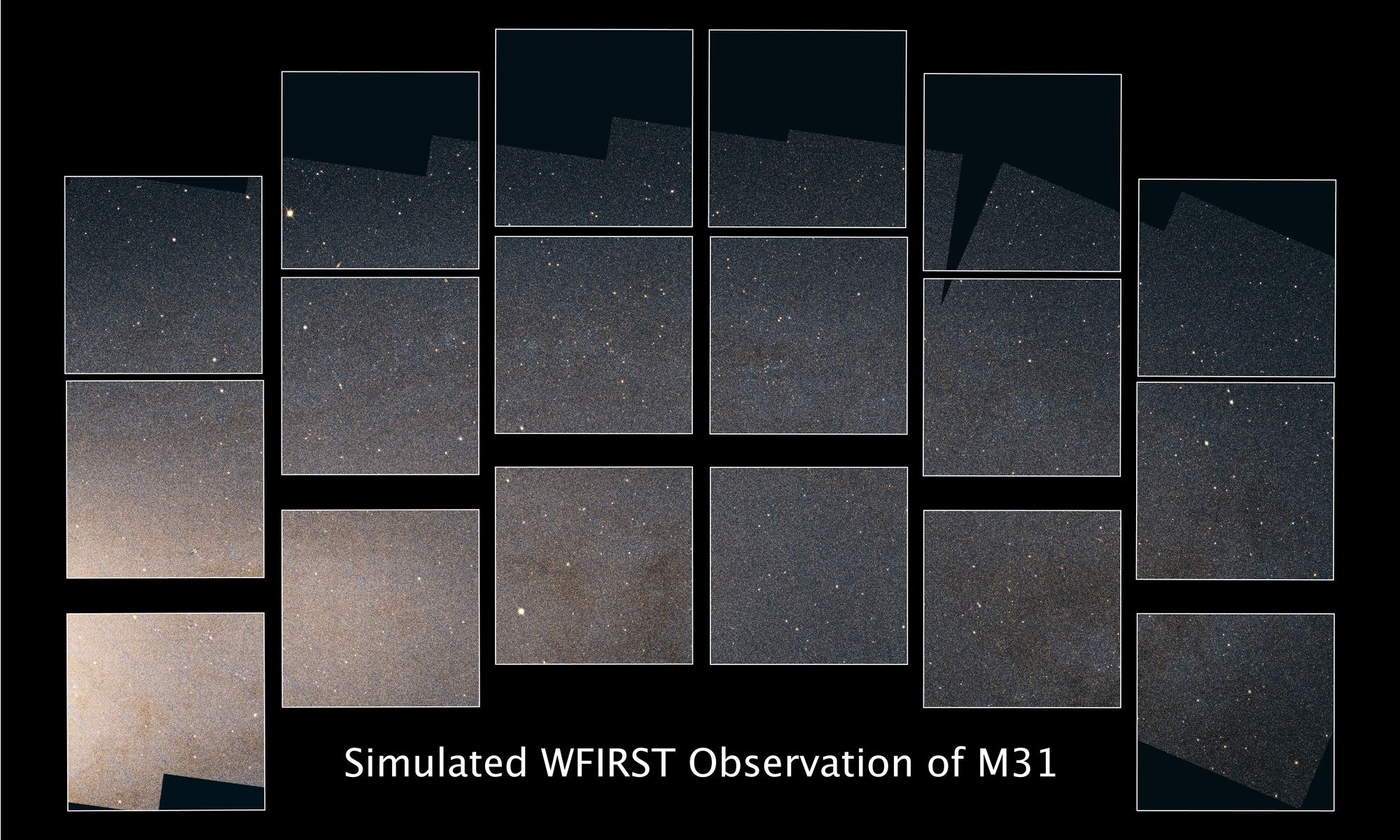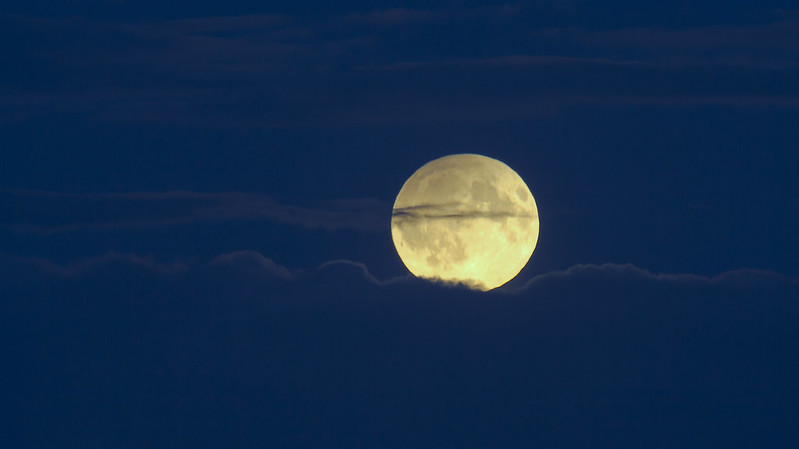In 2012, the balloon-borne observatory known as the Super Trans-Iron Galactic Element Recorder (SuperTIGER) took to the skies to conduct high-altitude observations of Galactic Cosmic Rays (GCRs). Carrying on in the tradition of its predecessor (TIGER), SuperTiger set a new record after completing a 55-day flight over Antarctica – which happened between December of 2012 and January of 2013.
On December 16th, 2019, after multiple launch attempts, the observatory took to the air again and passed over Antarctica twice in the space of just three and a half weeks. Like its predecessor, SuperTIGER is a collaborative effort designed to study cosmic rays – high-energy protons and atomic nuclei – that originate outside of our Solar System and travel through space at close to the speed of light.
Continue reading “Balloon-Based Cosmic Ray Observatory is Now on its Second Trip Around Antarctica”
